Flat Feet

How To Tell If You Have Wide Feet
Knowing you have wide feet is important to help determine proper care and how it influences your shoe size.
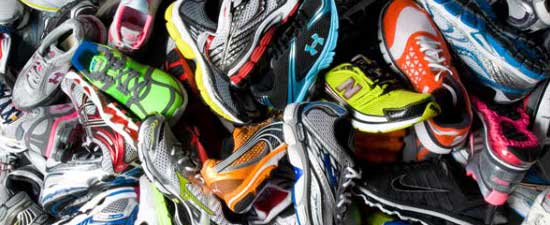
How to Choose Running Shoes: 6 Essential Steps
What’s the best running shoe for your foot type? Los Angeles foot specialists discuss the best options for overpronation, underpronation, and normal arched feet.
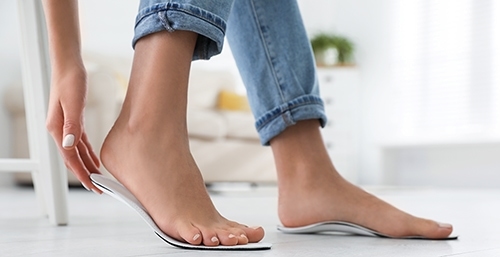
All About Foot Arch Pain and Foot Arch Cramps
We want to share with you a few interesting facts about your foot arches, things you may not have considered that could help you on your journey to maintain the health of your feet, or cure current foot pain that’s compromising the quality of your life.
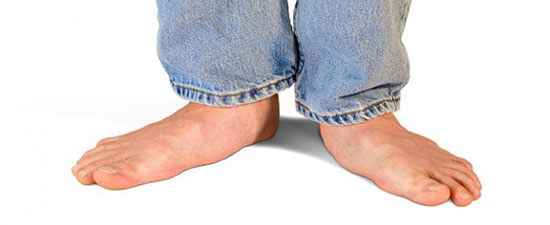
Flatfoot Reconstruction Is Best Option For Patients Of Any Age [New Study]
Look at the feet of a baby. We all begin life with tiny little Barney Rubble feet. Unfortunately, some of us revert to that condition as time and/or trauma affect our feet and make walking difficult. What is adult acquired flatfoot deformity? The feet of infants and toddlers start off flat as a board with […]
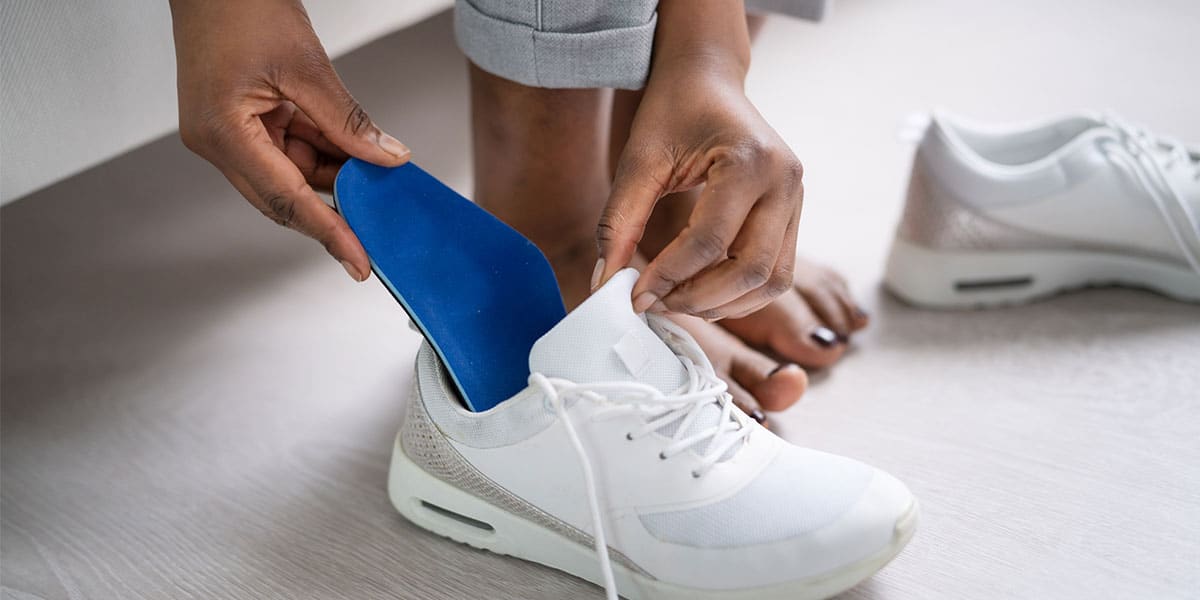
Custom Orthotics vs. Over-the-Counter Inserts: Which Are Best for Your Feet?
Custom Orthotics vs. Over-the-Counter Inserts: Are store-bought inserts sufficient for foot health, or do custom orthotics offer superior support and relief?

The Power of Pediatric Flexible Flatfoot Procedures
Does pediatric flatfoot require surgery? Our expert podiatrist discusses treatment options for pediatric flatfoot.
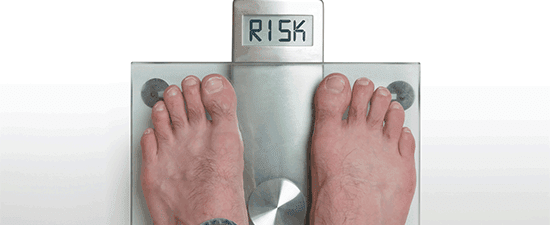
How Carrying Extra Weight Affects Your Feet and Ankles
One pound of extra weight adds 10 pounds of additional pressure on your feet and ankles. So it’s not surprising that overweight people are at higher risk for these foot and ankle conditions.
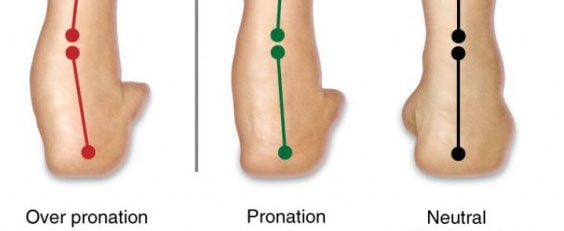
Overpronation: What Is It and How Can You Correct It?
When your foot rolls inward a little too much, that’s when you can start to have problems. This is called overpronation, and it’s the leading cause of most runners’ injuries. It’s estimated that 20-30% of runners are severe overpronators. Keep reading to learn how to reduce your risk of injury.